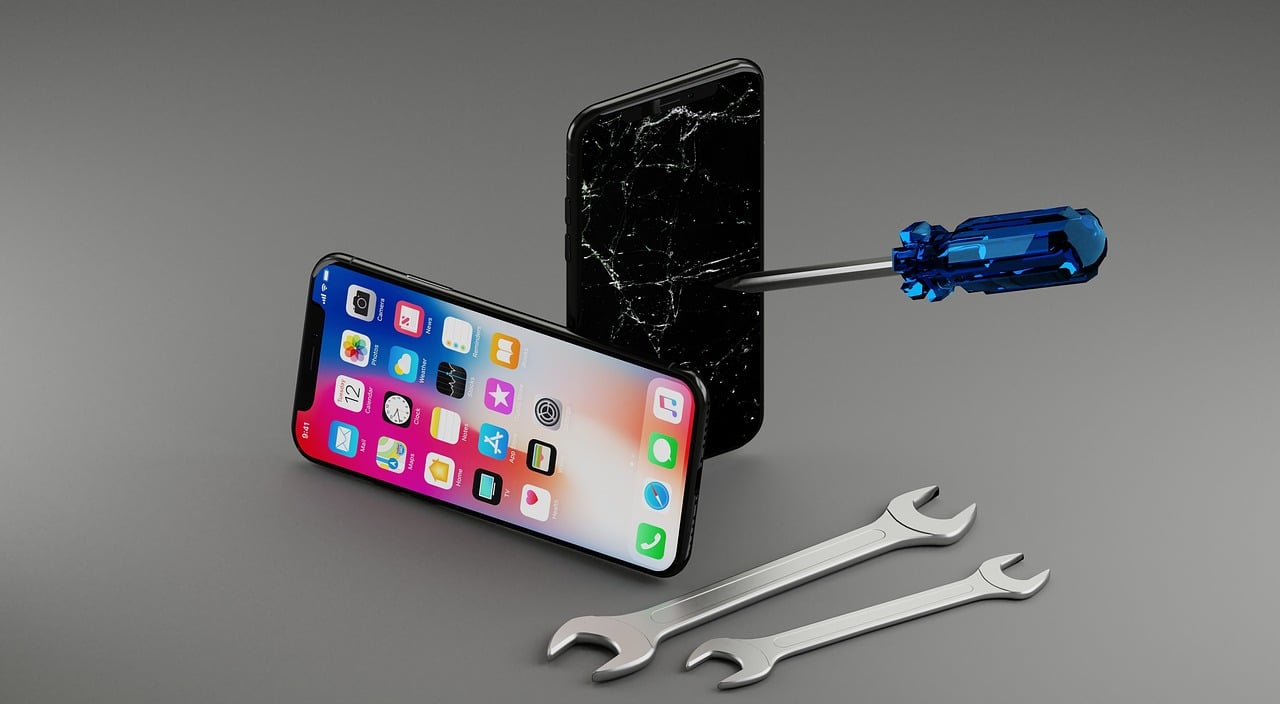Losing your Android phone feels like a nightmare, right? The sudden rush of panic, thinking about all your personal data, photos, and messages—gone. Luckily, there’s a glimmer of hope for all Android users: https://guiaandroid.com/encuentra-mi-dispositivo-android Find My Device. You’ve probably heard of it, but do you know exactly how it works, or if it’s even the most reliable option? Let’s dive deeper into the tool offered by Google and explore how well it performs. Is it everything it’s cracked up to be?
If you’ve ever Googled “find my phone,” you’ve likely come across the official Android tool found at https://guiaandroid.com/encuentra-mi-dispositivo-android. It promises to help you locate your lost or stolen device within minutes. But how does it work behind the scenes, and is it enough to protect your precious data in every scenario? Let’s find out.
What Exactly Is “Find My Device”?
At its core, Find My Device is Google’s answer to the age-old problem of lost phones. But there’s something intriguing about how this tool fits into the larger ecosystem of Android services. When you open https://guiaandroid.com/encuentra-mi-dispositivo-android, the tool allows you to:
- Locate your phone on a map.
- Play a sound to help you find it.
- Lock your device remotely.
- Wipe all your data in case it’s truly gone for good.
But here’s where the questions start to arise: Is this really enough? With so many advanced features available in modern smartphones, is it possible that this tool could be more robust? How does it compare to other tracking solutions out there?
How Does “Find My Device” Work?
When you activate Find My Device, it taps into your phone’s GPS, Wi-Fi, or cellular signal to pinpoint its location. Simple, right? But here’s the catch: What happens when your phone’s battery dies? What if it’s been turned off by a thief? These scenarios raise a crucial question: Can Find My Device still help you recover your phone, or are you out of luck once the phone powers down?
While it’s an undeniably useful tool, it’s not foolproof. The GPS tracking feature only works when the phone is on and connected to the internet. So, if someone turns it off or disables location services, your phone could still be lost in the digital abyss.
Comparing “Find My Device” to Other Options: Does It Hold Up?
The Android world is vast, and while Google’s Find My Device is a solid option, it’s not the only one. There are numerous third-party apps available, each with its own unique selling points. This brings us to a pressing question: Is Google’s solution really the best?
Let’s take a look at some alternatives:
- Cerberus: This is a popular choice for those wanting more advanced tracking features. It offers functionalities like remotely taking pictures, recording audio, or even displaying a custom message on the screen. However, it’s a paid app, which brings us to the question—is it worth paying for extra security when Google offers something for free?
- Prey: Another free alternative that does a little more than Google’s solution. It allows multi-device tracking and comes with features like geo-fencing. But with additional features comes increased complexity. So, is this extra layer of functionality necessary, or is Google’s simplified approach all we really need?
- Samsung’s Find My Mobile: If you’re using a Samsung device, you might wonder: Should I rely on Samsung’s native tool instead of Google’s? Samsung’s version offers more features, like tracking even if the phone is turned off. But is it enough to make the switch if you’re already using Google services for everything else?
Does “Find My Device” Protect Your Data?
One of the big selling points of Find My Device is its ability to lock or erase your data remotely. In a world where privacy and data protection are everything, this seems like a crucial feature. But again, it raises questions: Is wiping your phone remotely a foolproof way to keep your data safe? What happens if the thief removes your SIM card or factory resets your phone before you can activate the tool?
Google allows you to erase your data, but if someone is quick enough, they could disable your Google account on the device or perform a factory reset, making it impossible for you to use Find My Device. This begs the question: Is the tool truly effective at protecting your data if it’s so easily bypassed?
How to Make the Most of “Find My Device”: Is There a Better Way?
Now that we’ve explored the limitations, it’s important to ask: How can we improve our chances of recovering a lost phone using Find My Device? Here are some tips to optimize its effectiveness:
- Keep Location Services On: It might sound basic, but many people turn off their location services to save battery. The problem? If your phone goes missing with location services off, finding it becomes infinitely harder.
- Enable Two-Factor Authentication: This helps protect your Google account in case your phone is stolen. Even if someone tries to disable Find My Device, they’ll have a tougher time without your secondary authentication method.
- Install a Backup Tracking App: Given that Find My Device has its limitations, you might want to install an additional tracking app that can provide more features, like taking photos of whoever is using your phone.
- Regular Backups: It’s always a good idea to regularly back up your phone. This way, even if you do lose it and cannot recover it, you won’t lose all your valuable data.
Conclusion: https://guiaandroid.com/encuentra-mi-dispositivo-android
Google’s Find My Device is a simple, effective tool for most Android users. It provides essential features like locating, locking, and erasing your phone remotely. However, it has limitations—such as being unable to track the phone when it’s turned off or factory reset.
For those seeking more advanced protection, third-party apps or native services offered by phone manufacturers may be worth exploring. In the end, Find My Device is a great starting point, but it’s important to evaluate whether its capabilities meet your specific security needs.
Always remember to keep location services enabled, back up your data regularly, and consider additional security measures to safeguard your device.
FAQs About “Find My Device” for Android
- What is “Find My Device”?
- Find My Device is a Google service that helps you locate, lock, or erase your Android device if it’s lost or stolen. It uses GPS, Wi-Fi, and cellular networks to track the device’s location.
- How do I use “Find My Device”?
- Simply go to https://guiaandroid.com/encuentra-mi-dispositivo-android and sign in with your Google account. You’ll see your device’s location on a map and have options to play a sound, lock the phone, or erase data.
- Can I use “Find My Device” if my phone is turned off?
- No. The service only works if your device is on and connected to the internet. If the phone is off, you won’t be able to track it until it’s powered back on.
- What does “Erase Device” do?
- This feature allows you to remotely wipe all data from your phone, which is useful if it’s lost or stolen. However, once the data is erased, you can no longer track the device.
- Are there any alternatives to “Find My Device”?
- Yes. Third-party apps like Cerberus or Prey offer more advanced tracking options, such as taking photos or recording audio remotely. Some Android phone brands, like Samsung, also have their own tracking services.















Leave a Reply